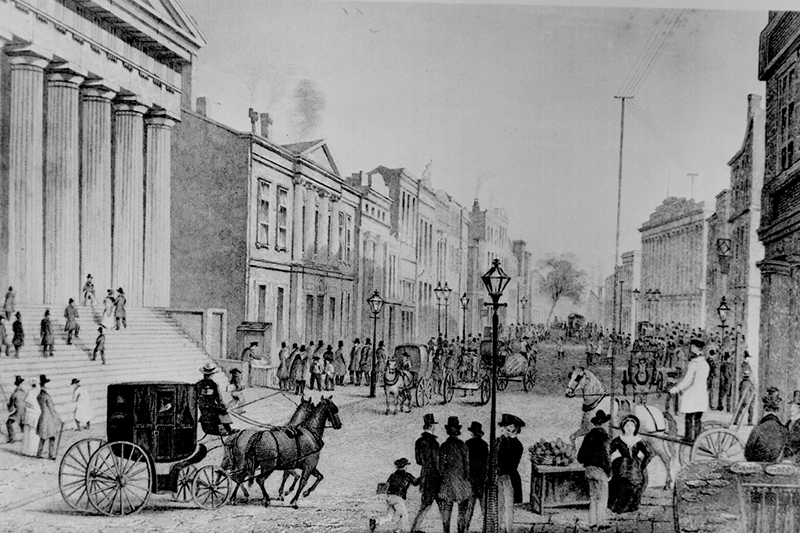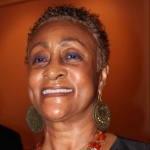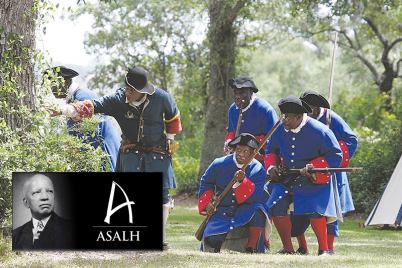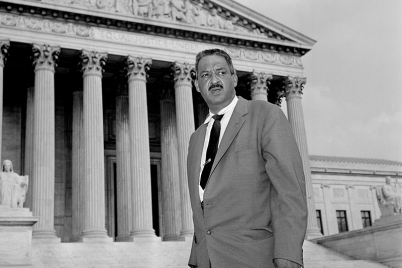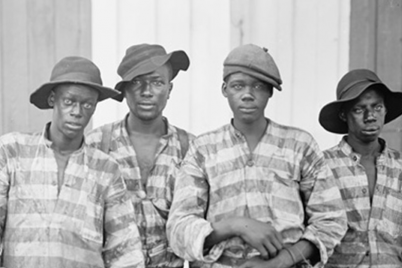In 1991, excavators for a new federal office building in Manhattan unearthed the remains of more than 400 Africans stacked in wooden boxes 16 to 28 feet below street level.
By Attorney Jacqueline Hubbard, President, ASALH
Most Americans think there was little or no slavery in the North; in fact, the history of slavery in America began to flourish very early there and came into being shortly after the earliest Northern colonizers.
It is generally agreed that the first black people in the North American English colonies landed in Virginia in 1619 off of a Dutch “trading ship.” Historians generally agree the Dutch Republic was trading in slaves by this time. Although it is generally assumed some of the 1619 arrivers were slaves, no records exist to indicate that all were.
Shortly after that in 1626, New York was colonized as “New Amsterdam” by The Dutch West India Company, which was chartered by the Dutch Republic, (Holland), in 1621, and officially organized in 1623.
In 1626, the company purchased the island of Manhattan from a Native American tribe and began to trade goods with other traders, including Native Americans. In the book edited by Roi Ottley and William J. Weatherby entitled “The Negro in New York-An Informal Social History,” the first black people came to New Amsterdam shortly after the Dutch settlers arrived.
Initially, according to the editors, the Dutch colony consisted of some 30 families who were of “Dutch, Huguenot, Walloon, English, and Jewish origin.” Later, a group of 11 black men arrived in New Amsterdam off of a ship belonging to The Dutch West India Company in 1626.
The editors state these black men were almost immediately put to work as “…the Company’s Negroes, building roads, cutting timber, clearing land and erecting dwellings and forts.” They were not free.
Two new ships brought fewer than 100 black men to New Amsterdam in 1642 and 1652. Indentured servants, both white and black, were brought to the colony by the Dutch between 1629 and 1664 as settlers. They were called “patroons” and many were given land to permanently settle on by the Dutch government. The settlers built farms, however, not large plantations, but they used slave labor.
According to the editors of “The Negro in New York-An Informal Social History,” these patroons “…introduced Negroes to work their land.” They also introduced slavery, officially sanctioned by the Dutch government in 1634.
In 1644, 11 of the first blacks in New Amsterdam petitioned for and were granted their freedom by the settlers. Unfortunately, the institution of slavery continued to grow, as did the slave trade. New Amsterdam later became a British colony and was renamed New York after 1664.
After the British took over, the harshest realities of slavery ensued. Chattel slavery began in New York in 1674 under the British. Slavery grew so fast under British rule that, according to the editors, “…by the beginning of the eighteenth century there were more than two thousand Negroes in the province, a little over thirteen percent of the total population.”
However, in New York, not all blacks were slaves. There existed a small but viable population of free blacks in the area who had never been enslaved.
In the early 1700s, there were at least two slave revolts in New York, one in 1712 and one in 1741. Both revolts were suppressed. After the French and Indian War of 1754, it became apparent that slavery was not a profit-making enterprise in New York.
In 1767, the Society of Friends, known as the Quakers, organized an anti-slavery protest in Purchase, New York. This protest was successful among slave-owning Quakers, and all of them freed their slaves. By 1776, the Declaration of Independence was drafted, and the notion of equality and freedom permeated New York.
The successful War of Independence from England began shortly thereafter. British losses prompted them to issue a broad proclamation on July 3, 1779, that granted freedom to any slaves who joined the British forces. Many black people escaped from the harshness of slavery and joined the British troops. Some have estimated the number to be 10,000.
After the war was lost by the British, the black volunteers were saved by being expatriated by Britain to Nova Scotia, Canada, one of its remaining colonies. Many escaped alone to Canada.
New York was more of a mercantile state than an agricultural one. It had little need for mass slavery before or after the war. In 1785, The Manumission Society was established to help in the abolition of slavery.
Its first president was John Jay, who became Governor of New York in 1795. He was a fierce abolitionist. By 1790, it has been estimated that nearly 33 percent of blacks in New York were free. After obtaining freedom, they formed many black institutions.
In 1799, a bill was passed and signed by Gov. Jay that provided for the gradual abolition of all slavery in New York, which officially ended on July 4, 1827. Earlier, in 1808, before slavery officially ended in New York, one of the first black organizations to foster black improvement was founded by Peter Williams.
It was chartered in 1810 and was called the New York African Society for Mutual Relief. Its stated mission was “to raise a fund to be appropriated toward the relief of the widows and orphans of the deceased members.”
The society was a successful endeavor and continued for many years. It became a model for many other black American improvement organizations.
In New York, the institution of slavery lasted for nearly 100 years and was abolished 37 years before the beginning of the Civil War. In the South, the slave dependent states violently resisted black freedom to the very bitter end and began a mass revolt against the Union in 1861 to defend the institution.
The Confederacy definitively lost the Civil War nearly four years later when they were defeated by Union troops, including almost 200,000 black volunteer soldiers in 1865.
Attorney Jacqueline Hubbard graduated from the Boston University Law School. She is currently the president of the St. Petersburg Branch of the Association for the Study of African American Life and History, Inc.

